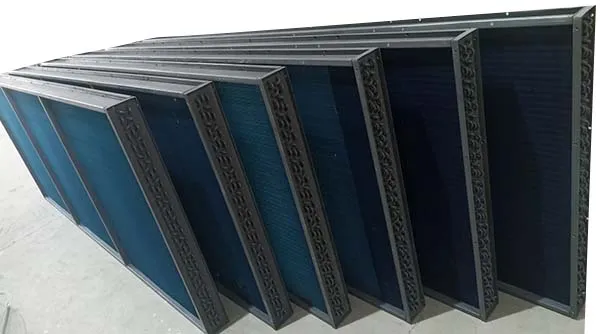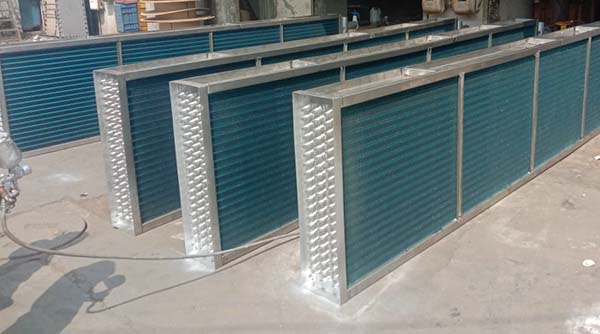Air conditioning grills are a crucial part of any HVAC (Heating, Ventilation, and Air Conditioning) system, playing a vital role in ensuring optimal airflow and efficient cooling. These grills, also known as diffusers or vents, are designed to distribute cool air evenly throughout a room or building, enhancing comfort while maintaining energy efficiency. Proper air circulation is essential for effective cooling, and air conditioning grills are key components in achieving this goal.
Air conditioning grills are essential components of HVAC systems that ensure effective cooling and airflow in various settings. By promoting even air distribution, improving energy efficiency, and enhancing comfort, these grills contribute significantly to maintaining a comfortable and controlled indoor environment. Available in a wide range of designs and materials, they offer both functional and aesthetic benefits, making them a crucial part of modern air conditioning systems. Regular maintenance and proper selection of the right grill for your space can ensure lasting performance and optimal cooling.


The main purpose of air conditioning grills is to manage and direct the flow of cooled air from the air conditioning unit into the living space. These grills are typically mounted on ceilings, walls, or floors, facilitating an even distribution of conditioned air throughout the area. They are engineered to channel the air effectively, enhancing the cooling experience while avoiding the creation of hot spots or uneven temperature variations.
Many air conditioning grills are equipped with adjustable blades or louvers, allowing for precise control over the direction and strength of the airflow. This adaptability enables users to tailor the air distribution to suit the room's layout and specific cooling requirements. The construction of these grills promotes a gentle dispersion of air, minimizing drafts and ensuring a consistent level of comfort.
Air conditioning grills are generally constructed from robust materials designed to endure extended exposure to air, humidity, and fluctuations in temperature. Frequently used materials consist of: